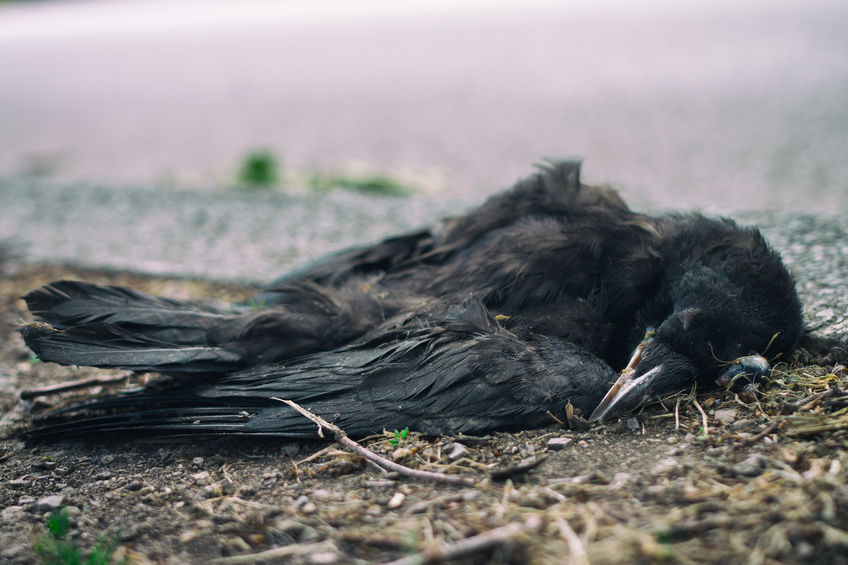Thud!
You’ve probably heard your window make this sound while sitting on your couch watching TV. After you get up and inspect, low and behold, it’s yet another bird that’s crashed into it and is now lying dead on the ground. At this point there’s nothing much you can do, other than go back and finish your program.
Each year, a whopping one billion birds crack their noggins on the windows of buildings in the U.S. Hardest hit, according to studies, are warblers, hummingbirds and swifts.
Fortunately, conservationists are now coming up with possible answers.
As reported in Mongabay:
“Bird deaths by collisions can be mitigated … by a number of potential solutions. Some of these include easy do-it-yourself methods such as tempera paint and stick-on window decals. They also rate bird-safe products using tunnel tests, in which scientists measure how many birds fly toward a tunnel exit covered in clear glass versus the sample product.
[Another] type of solution … is glass with “ultraviolet signatures,” which allow UV light to reflect off the outside of the window. Since most birds can see in ultraviolet, glass that reflects ultraviolet light sends the message that the space is occupied rather than an open patch of sky. For humans, the window remains transparent.”
A drawback of the latter solution is that not all birds see the same. Some species simply don’t react to ultraviolet signatures, which means other methods must be tried. Toward that end, one group of bird enthusiasts is looking to develop nanomaterials that can actually create signals birds can respond to and avoid. Another is working on sound nets that divert birds from an area using noise.
Ultimately there may not be a one-size-fits-all solution. Let’s hope conservationists continue their good work to come up with answers before, to quote the rock group Queen, “another one bites the dust” at your living room window.
To read the original article at Mongabay, click here.
